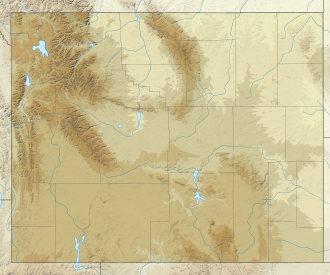| John D. Rockefeller Jr. Memorial Parkway | |
|---|---|
IUCN category V (protected landscape/seascape) | |
| Location | Teton County, Wyoming, U.S. |
| Nearest city | Jackson, Wyoming |
| Coordinates | 44°6′17″N110°41′34″W / 44.10472°N 110.69278°W |
| Area | 24,000 acres (97 km2) |
| Established | August 25, 1972 |
| Visitors | 1,137,117(in 2003) |
| Governing body | National Park Service |
| Website | John D. Rockefeller, Jr. Memorial Parkway |


John D. Rockefeller Jr. Memorial Parkway is a scenic road and protected area that connects Grand Teton National Park and Yellowstone National Park in the U.S. state of Wyoming. It is federally owned and managed by the National Park Service by Grand Teton National Park. It is named in remembrance of John D. Rockefeller Jr., a conservationist and philanthropist who was instrumental in the creation and enlargement of numerous national parks including Grand Teton, Virgin Islands, Acadia and the Great Smoky Mountains. This parkway carries U.S. Route 89, U.S. Route 191, and U.S. Route 287

